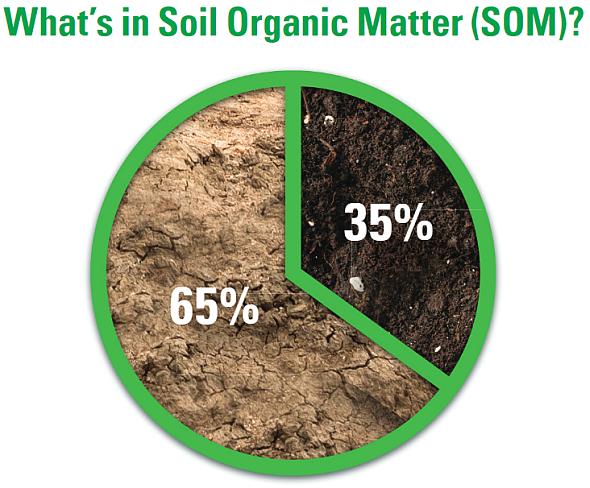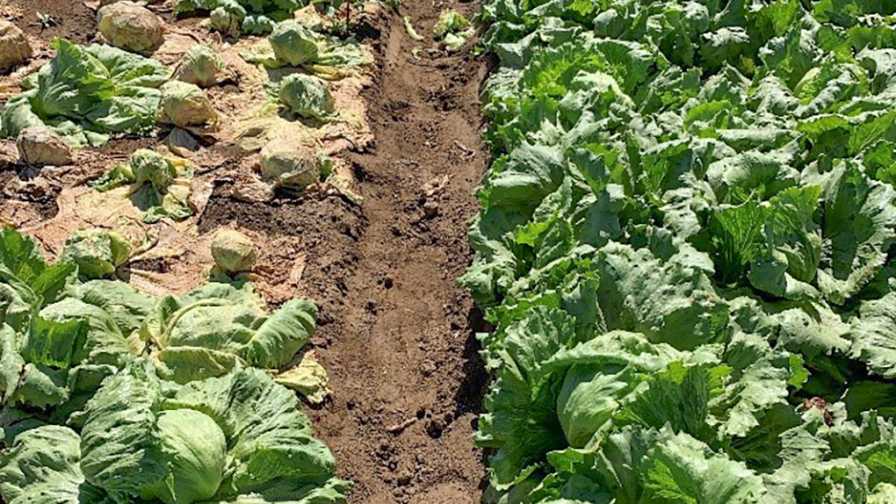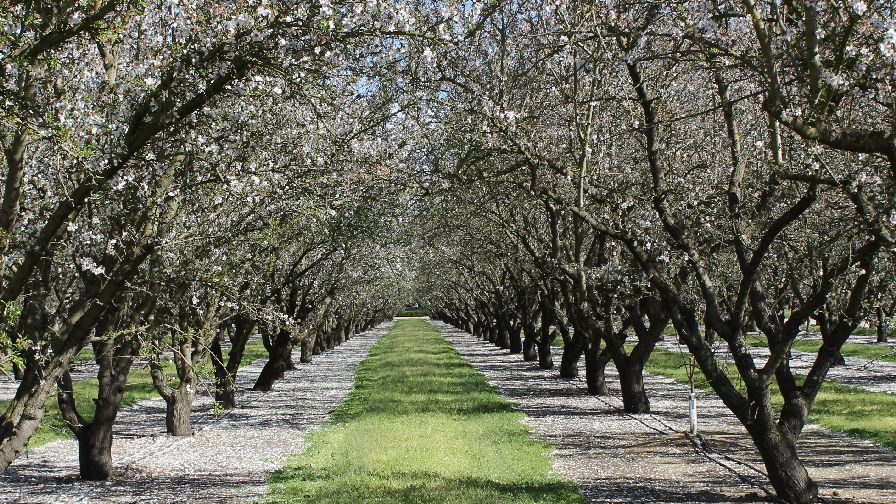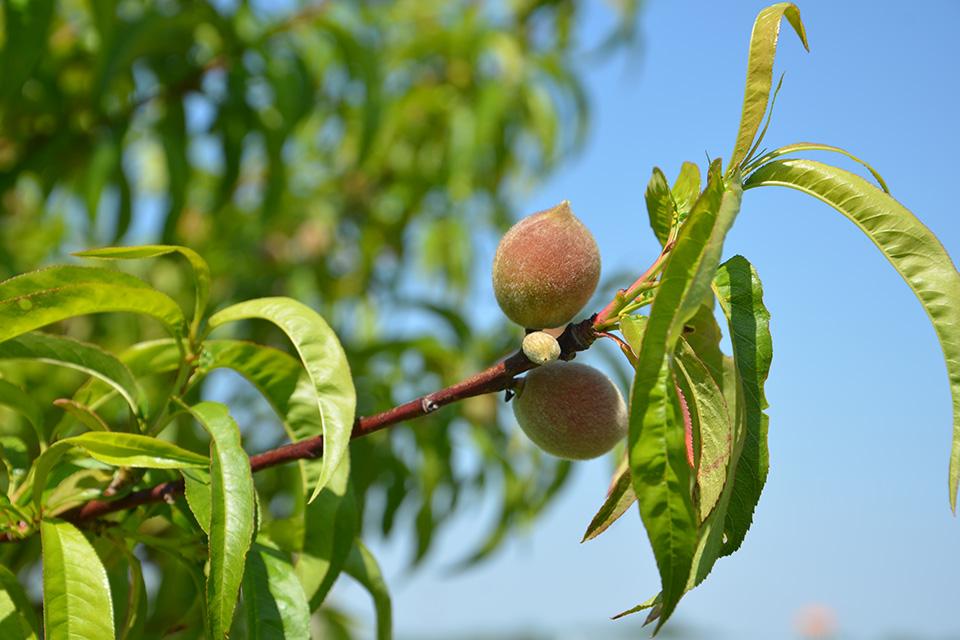What Steps Vegetable Growers Can Take To Improve Soil Health
Why do I care about soil health, or a better question, why should we all care about soil health? Because it is one of the most impactful things that we can do as agriculturists to help slow and potentially reverse climate change!
I was just at a conference where the Secretary for California Department of Food and Agriculture Karen Ross spoke. She reiterated that agriculture, forestry, and the energy sector will have the largest impact going forward on carbon sequestration. But if we are to have an impact, we must start now and not wait. We must be involved in this impactful movement so our grandchildren can have a good life in this Earth we call home.
We need farms to thrive and to be continually moving forward with technologies and techniques to make them more efficient, so we work smarter not harder.
Everyone depends on food; we have great job security that way. Why not depend on food that is nutrient dense that can feed a population in a sustainable manner, preserve our soils and the family farm?
Soil health has an outsized impact on how much carbon agriculture releases into the atmosphere. But a lot of our current methods undermine soil’s ability to sequester carbon — think of tillage, bed building, and leaving soil bare for fallow overwinter.
What can vegetable growers, even those with intensive production, do to improve soil health?
First, Understand Your Soil
One acre of topsoil at a 6-inch depth weighs approximately 1,000 tons.
Soils can vary in organic matter (OM) content. But for the sake of conversion and ease, let’s say we’re on the low side at 1% OM (normal for sandy soil). At a depth of 6 inches, OM will weigh approximately 10 tons.
Carbon makes up about 58% of that OM, so carbon weighs in at 5.8 tons in that top 6 inches.
If we could raise that OM content to 1% by the addition of plant bio-mass and reduced tillage, that soil could potentially be sequestering 40,000 lb. of CO2 in the form of carbon in that top 6 inches per acre. That would go a long way in our fight against climate change.
How to Increase Organic Matter
To increase the OM content of a soil, leaving the soil covered with roots and residue is key.
By keeping roots in the ground, the photosynthetic pathways of actively growing plants can sequester carbon. The plants secrete about 25% of that CO2 in the soil in the form of carbon and exudates, feeding the microbes.
Soils lose active soil organic matter (SOM) from oxidation, which occurs during tillage and by soils being left bare and dry.
If soils are left bare for a fallow period, there is no carbon sequestration happening. There is only carbon burning off into the atmosphere and contributing to global warming.

The ACTIVE portion of soil organic matter (35%) contains easily digested sugars and proteins from plant and animal residues. It is the main source of microbial food. The PASSIVE volume (65%) is a long-term SOM that is resistant to decomposition. It is not biologically active, but has a lot to do with a soil’s ability to retain nutrients and water.
Soil organic matter and fresh residues are the food source for the microbes responsible for soil functions to create that healthy soil. There are many factors influencing which populations thrive and which don’t. It all depends on the quantity and quality of the soil organic matter, such as temperature of the soil, water quality and quantity, soil pH and chemistry, frequency and type of cultivation, quality of ag inputs (4Rs), and the soil’s physical makeup.
Microorganisms play a synergistic role in the plant’s rhizosphere, promoting optimum nutrient uptake and resilience to extremes, improving soil aggregation, increased water holding capacity, moisture retention, and the potential disease and nematode suppression. Microbes require a quality, stable food source and water to do all these things. Sound familiar? It’s how we as humans thrive.
Experiment to Find What Works
I know this is no easy task to keep the soil covered in intensive vegetable operations. But what needs to happen now is to develop R&D sites on your ranch.
Is it a split field design or a dedicated block for experimentation? Don’t overthink it. Make it work for your system.
This can include crop rotations where you plant the next crop into the previous crop’s residue. Or incorporating cover crops into those rotations by planting into crop residue going into winter. Or reducing tillage when you knock down the cover crop. And managing nutrients by spoon feeding the crop with the nutrients it requires at the right time (4Rs).
Can you reduce inputs (N and P) in the long run with product replacements such as specific biologicals?
Equipment will also be a big factor to the success and figuring out what works and what doesn’t. Work with your local manufacturer to develop a transplant machine to plant into residue, a strip tiller to incorporate residue down the middle for direct seeding, a flail chopper for killing the cover crop, and so on.
Remember to document all these attempts. Because this is something your local water or ag boards can demand (in the Central Coast, we’re dealing with Ag Order 4.0). Or you may have the sustainability team of your shipper, or organic certifier, etc., wanting to see the steps your farm takes.
This is just the tip of the iceberg of the questions we need to answer now. But how do we answer them if we are not doing the research?
Growers need to be doing this research on their farms to see what works for them. Reach out to your input suppliers or your local Extension advisor to help you get started. It’s not rocket science. It’s way more complicated!










